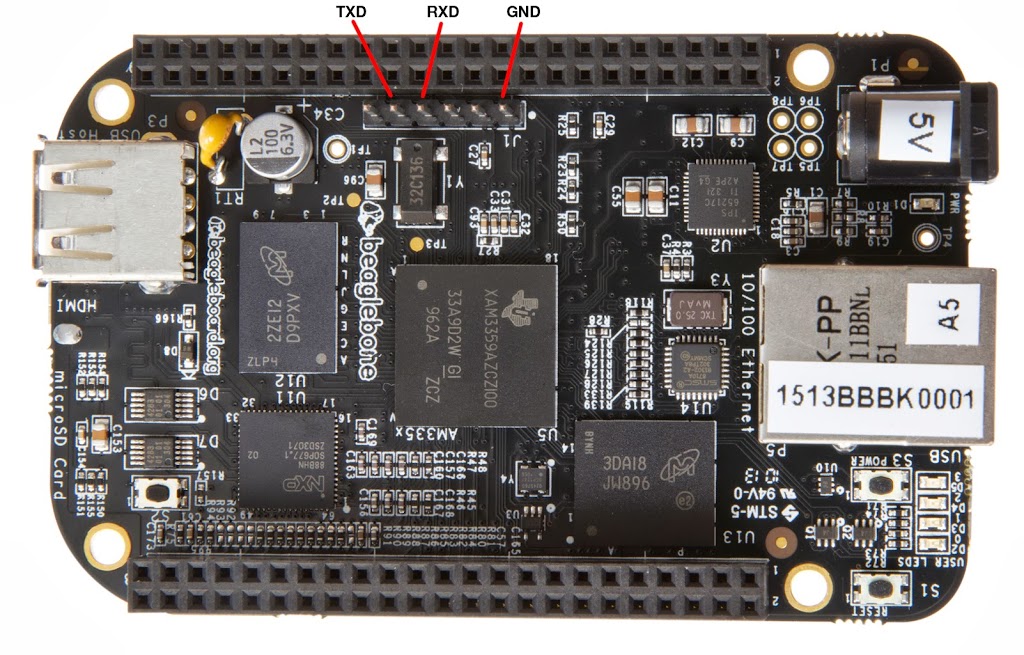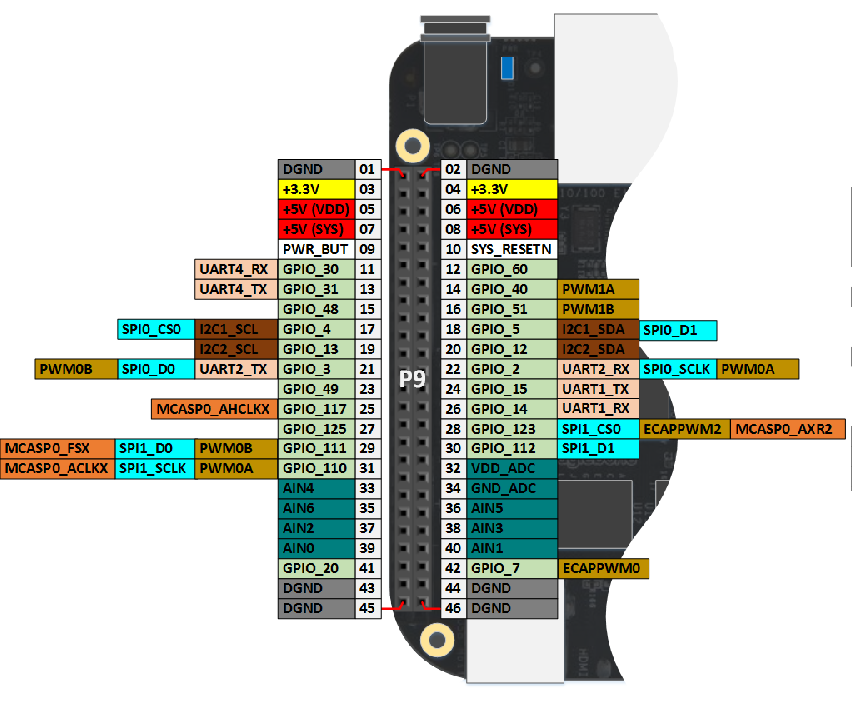Other Parts Discussed in Thread: PROFIBUS
Tool/software: Code Composer Studio
Hello,
I want to boot my am3358-based platform with profibus master application from SD card. I want to know what should I do step by step to in order to run application in details?
I created SD card image of TI-RTOS SDK and I copied prebuilt binary file of profibus master application (app) into my SD card. When I inserted SD card in my board, booting procedure failed and stopped.
Thanks for your attention.





